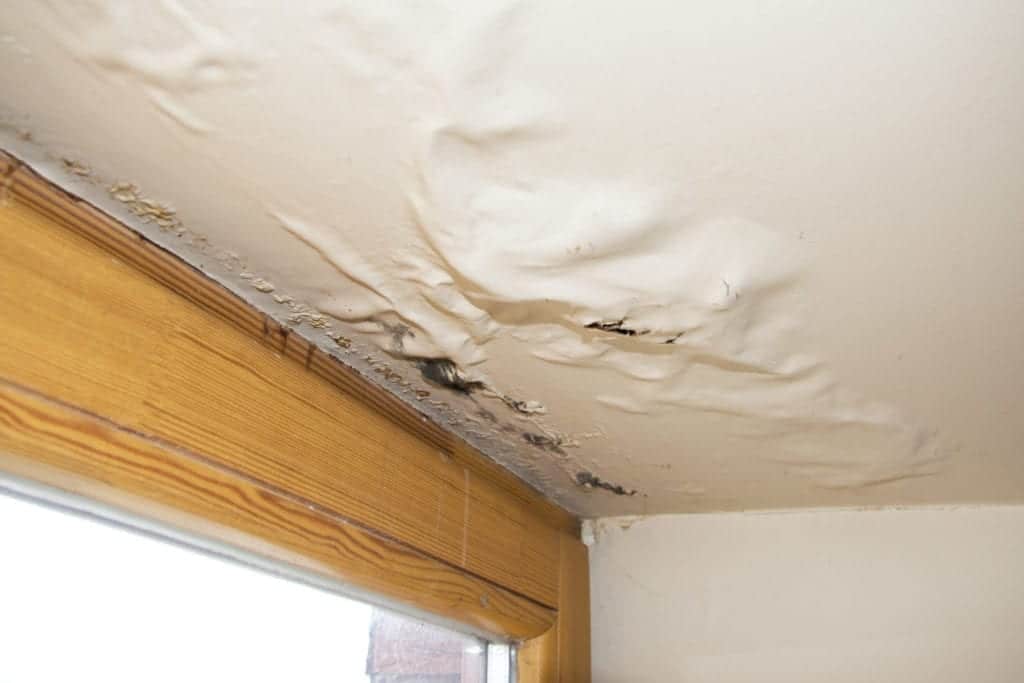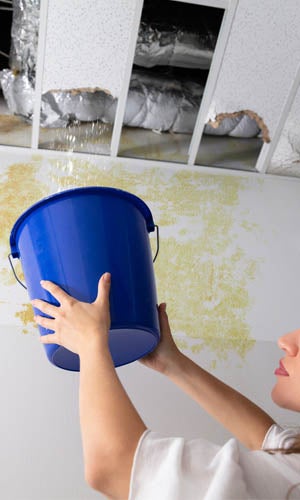We have found the article on Locating water leaks directly below on the internet and believe it made perfect sense to write about it with you on this page.

Early detection of leaking water lines can alleviate a prospective catastrophe. Besides conserving you cash, it will certainly minimize the stress as well as irritation. The moment you discover a leak, calling your plumber for repairs is the very best service. Some little water leakages may not be noticeable. Here are some hacks that aid if you can not find it with your naked eyes.
1. Examine the Water Meter
Every house has a water meter. Checking it is a surefire way that assists you discover leakages. For beginners, shut off all the water resources. Guarantee no person will certainly flush, use the faucet, shower, run the washing equipment or dish washer. From there, most likely to the meter and watch if it will change. Considering that no person is using it, there ought to be no motions. If it relocates, that shows a fast-moving leakage. If you identify no adjustments, wait a hr or 2 and also examine back once more. This indicates you might have a sluggish leak that could also be below ground.
2. Inspect Water Consumption
Analyze your water expenses and track your water intake. As the one paying it, you must notice if there are any kind of inconsistencies. If you spot sudden changes, regardless of your consumption coinciding, it means that you have leakages in your plumbing system. Remember, your water expense should fall under the very same range on a monthly basis. A sudden spike in your costs shows a fast-moving leak.
Meanwhile, a stable boost each month, despite having the same practices, reveals you have a slow leak that's likewise gradually rising. Call a plumber to extensively examine your building, specifically if you feel a cozy location on your floor with piping below.
3. Do a Food Coloring Examination
When it comes to water consumption, 30% comes from toilets. If the shade somehow infiltrates your bowl during that time without flushing, there's a leakage in between the tank and also dish.
4. Asses Exterior Lines
Don't fail to remember to check your outdoor water lines also. Test faucets by connecting a garden pipe. Must water leak out of the link, you have a loosened rubber gasket. Replace this and make sure all connections are limited. It will certainly help obtain it professionally analyzed and also kept yearly if you have actually obtained a sprinkler system. One little leakage can squander lots of water as well as surge your water bill.
5. Evaluate the scenario and also check
Home owners must make it a practice to examine under the sink counters and even inside cabinets for any type of bad odor or mold and mildew growth. These 2 red flags show a leakage so punctual attention is required. Doing routine inspections, even bi-annually, can conserve you from a major trouble.
Check for stainings and weakening as the majority of home appliances and pipes have a life expectancy. If you suspect leaking water lines in your plumbing system, don't wait for it to rise.
Early discovery of dripping water lines can alleviate a possible calamity. Some little water leaks might not be visible. Examining it is a guaranteed means that assists you discover leakages. One tiny leakage can throw away lots of water and increase your water expense.
If you believe leaking water lines in your plumbing system, don't wait for it to escalate.
How to Know If Your Home Has a Hidden Leak
Water Meter Reveals Inexplicable Water Usage
If you’d like to test whether or not there’s a leak somewhere in your home, you can do this using your water meter. Here is how to conduct the test:
Don’t use any water in your home for at least 30 minutes; this also means not turning on faucets or water-using appliances.
Go outside, and check your water meter for activity.
If your water meter shows that there was activity, even though no one was using any water, this proves that there is a leak in your home.Visible Mold or Mildew Growth
Leaks behind walls create moist, dark environments that allow mold and mildew to grow and thrive. Eventually, you might see mold growth forming on the wall closest to a hidden leak.
If mold is growing in an area that receives a high amount of moisture, such as a bathroom, it may simply be an indication that better ventilation is needed. However, if you see mold growth on a wall or the ceiling in an area where you would not expect, you probably have a hidden leak.
Musty, Mildew Odor
Sometimes you might not be able to see the mold or mildew that is growing as a result of a leak. However, the smell can give the problem away just as easily. If you catch a whiff of something musty, there’s a good chance that old water is collecting somewhere in your home that you can’t see.
Stained/Warped Walls, Ceilings, or Floors
When your home soaks up water, a variety of red flags can become visible, including ceiling stains, bubbling drywall, warped walls, and sagging floors. While these issues can be caused by excess humidity, they can also be signs that a pipe or plumbing connection has started leaking behind your walls.
Inexplicably High Water Bill
After a while, you get a general sense for what your water bill should be. If you own a pool or sprinkler system, your bill will tend to be higher during summer. However, if you receive a water bill that seems especially high, and you can’t figure out what caused it, then you may have a hidden leak somewhere that’s increasing your bill.
https://www.plumbingjoint.com/blog/2019/july/how-to-know-if-your-home-has-a-hidden-leak/

I'm certainly very curious about Finding hidden leaks and I'm hoping you enjoyed the new piece. Sharing is good. Helping others is fun. Thank-you for your time invested reading it.